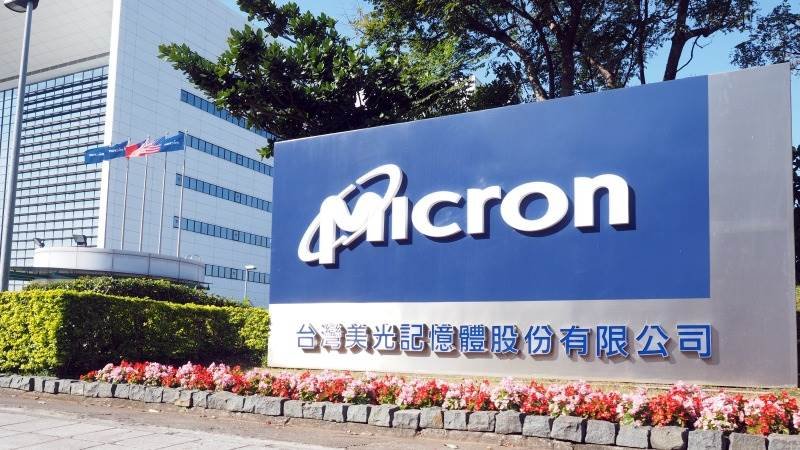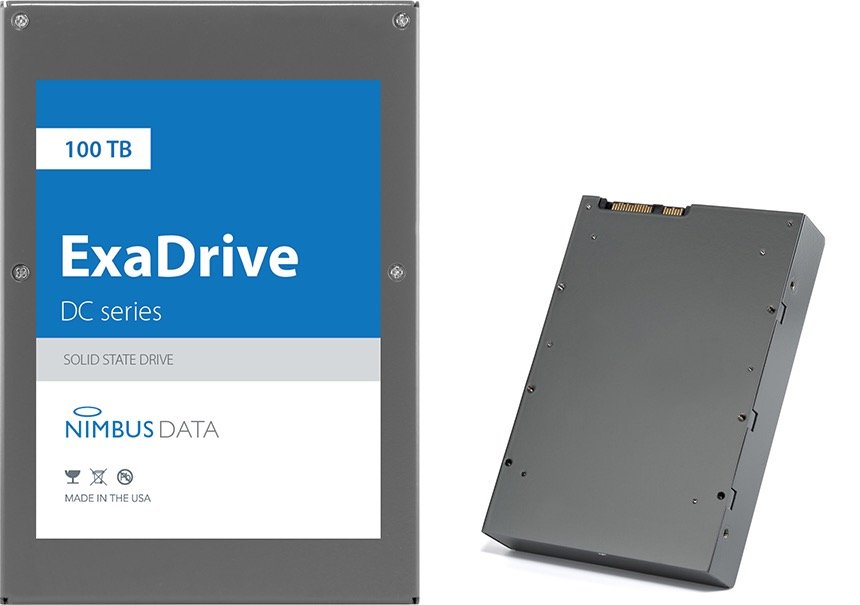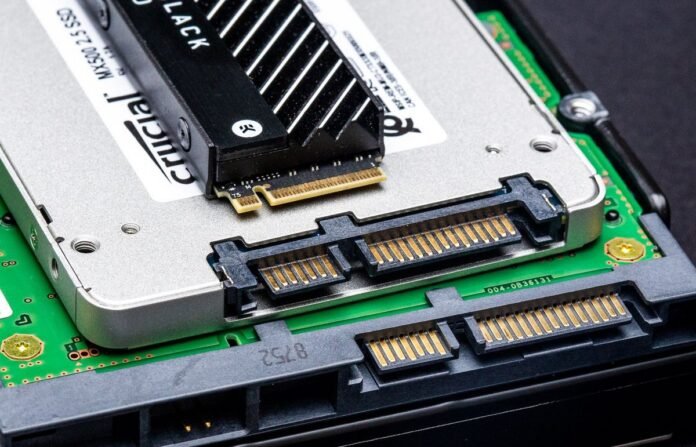Micron Company has just presented the 176-layer 3D NAND . This is a great first. This development would allow NAND flash memory to have higher density and increased performance. It would be entirely possible to produce 100 TB SSD drives with 176-layer 3D NAND. This technology will therefore land on memories and SSD drives for PCs, but also on servers, telephony and the automotive sector.
What does 176-layer 3D NAND look like?
The 176-layer 3D NAND was obtained by combining two boards of 88 layers each. Each matrix of 176 layers has a thickness of approximately 45 micrometers . Which represents 2/3 of the thickness of the hair. Despite its thinness, each matrix can store up to 30 hours of HD movies (10 DVDs). The dies can then be stacked 16 by 16 to a height of 1.5 mm. Using advanced manufacturing technique, each 176-layer array occupies approximately the same height as we had in 64 layers.
Each layer is filled with a multitude of holes called cells. Each cell is connected to a cell on the upper floor by metal. There are almost a billion of these vertical link metals and they make it possible to read, record and erase data in cells.
This new type of NAND allows a density up to 10 times higher than the current generation of NAND with 128 layers. Which represents a density of 40% more compared to the competition.

What about performance and transfer speed?
In terms of performance, this 5th generation of NAND produced by Micron is based on TLC (3 bits per cell) and adopts Charge-trap, RG NAND and CMOS-under-array technologies. The assembly provides 15% more performance in read and write latency than 96-layer UFS 3.1 modules and 25% more efficient than 128-layer NAND. Likewise, the firmware used has been simplified to facilitate the integration of the product on equipment and on the market.
96- and 128-layer generation NANDs have a transfer speed of 1,200 Mega transfers per second. This new 176-layer 3D NAND can process up to 1,600 Mega transfers per second on the ONFI (Open Nand Flash Interface) bus. Which represents a clear improvement of 33.34%.

Micron has already launched massive production of this 176-layer NAND in its manufacturing plant based in Singapore and has already delivered to its first customers, to name only Crucial, known for its SSDs. Micron will thus be able to compete on certain high-capacity SSD drive models such as the 100 TB ExaDrive DC produced by Nimbus Data. The 100TB drive provided by Nimbus Data currently $40,000
This new NAND will be democratized among others on the SSD market from the end of 2020 and we will surely have other products based on this new technology in 2021.




